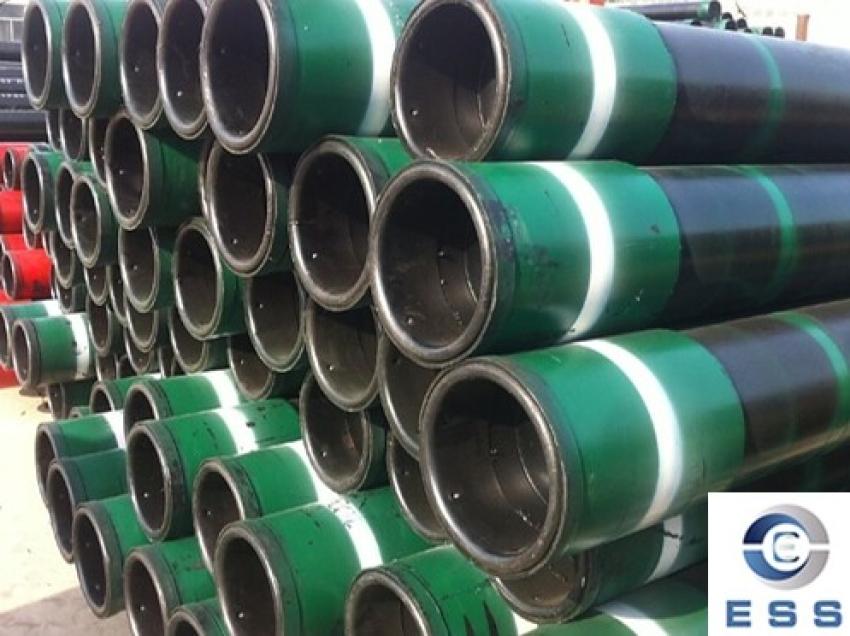
OCTG casing pipe coupling processing refers to adding interfaces to the two ends of the oil pipe through mechanical processing to facilitate connection and make it a long oil pipe. Common processing methods include threading and buckle connection. Threading is to cut threads at both ends of the casing respectively, and then connect the two ends by interlocking the threads; buckle connection is to cut a protruding cylinder at one end of one pipe and a groove at one end of the other pipe, and then buckle the two ends to form an interface.
OCTG casing pipe coupling processing flow
1. Preparation work
Classify the OCTG casing pipe to be processed according to specifications, prepare the tools and equipment to be used, and wait for processing.
2. Measurement
Measure the OCTG casing pipe to be processed, and measure its length, thickness and other parameters. Select the appropriate processing method and pipe diameter according to the measurement results.
3. Cutting
If it is a threading method, the parts at both ends of the casing need to be converted into a threaded shape; if it is a buckle connection method, one end needs to be cut into a cylindrical and groove shape. Lathes, milling machines and other equipment can be used for cutting.
4. Deburring
Deburr the processed casing to ensure that the inner surface of the tube is smooth and will not damage the oil in the oil pipe.
5. Cleaning
Clean the processed casing to ensure that its surface is clean and free of debris.
6. Assembly
Assemble the processed casing at both ends and use appropriate tools to screw or snap the two ends together. Pay special attention to the degree of screwing or snapping, and do not tighten or loosen it too much.
7. Inspection
Inspect the assembled OCTG casing pipe to ensure that its connection is good, there is no oil leakage, and it will not affect the flow of oil in the oil pipe.
Processing precautions
1. Master the operation methods of various processing equipment and tools and follow the operating specifications.
2. Ensure safety during the processing to avoid work-related injuries.
3. Pay attention to keeping the tools and equipment clean and hygienic in each process to prevent the OCTG casing pipe from being contaminated by debris or oil leakage due to untreated burrs.
4. During the processing, pay attention to the length and thickness of the OCTG casing pipe to avoid choosing the wrong processing method or pipe diameter, which may lead to processing failure.



